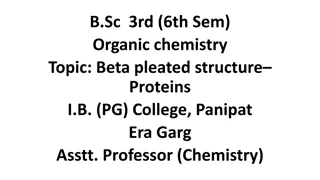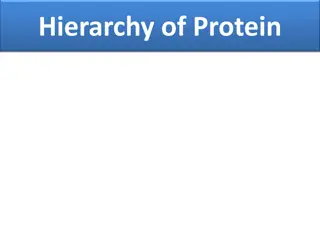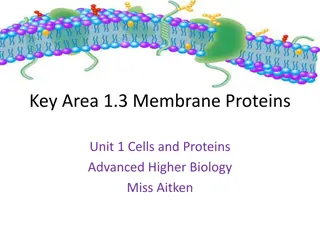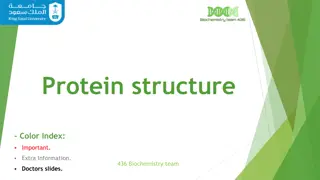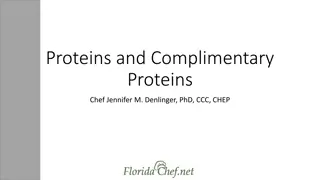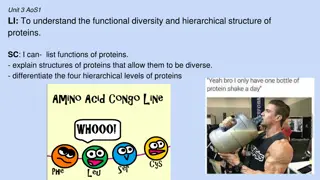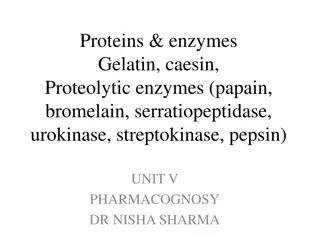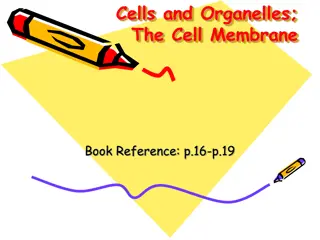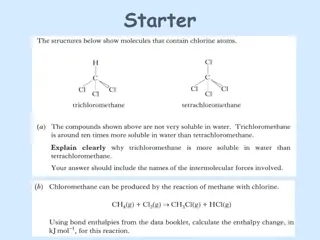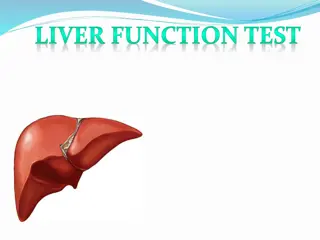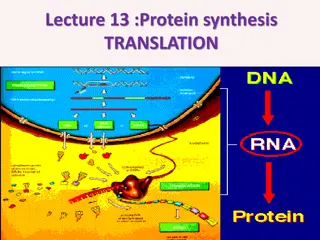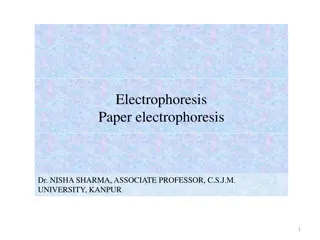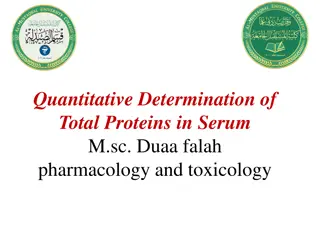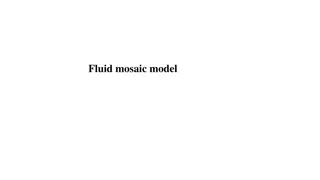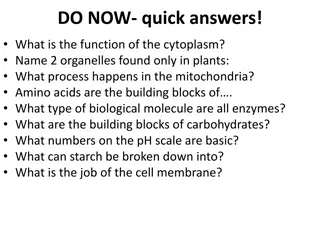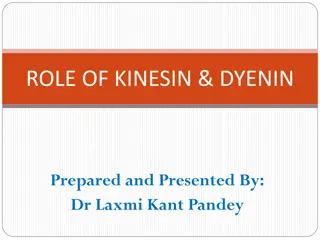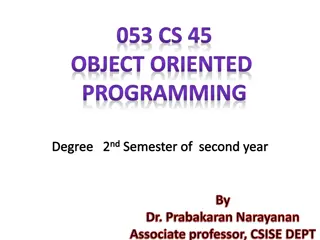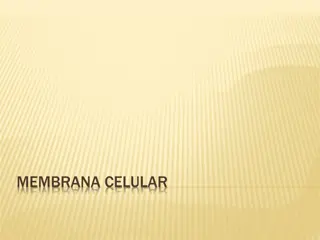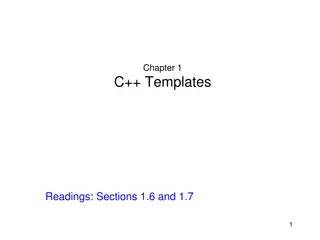Understanding Proteins: Structure and Function
Proteins are vital organic compounds composed of amino acids linked by peptide bonds. They serve various functions in cells, such as enzymes and hormones. Amino acids are the building blocks of proteins, with 20 different types forming all proteins on Earth. Proteins have four levels of structure - primary, secondary, tertiary, and quaternary - each crucial for their specific functions. The folding and coiling of polypeptide chains maintain their secondary structure, essential for overall protein functionality.
Download Presentation

Please find below an Image/Link to download the presentation.
The content on the website is provided AS IS for your information and personal use only. It may not be sold, licensed, or shared on other websites without obtaining consent from the author. Download presentation by click this link. If you encounter any issues during the download, it is possible that the publisher has removed the file from their server.
E N D
Presentation Transcript
Unit-IV: Biomolecules and Secondary Metabolites Proteins Proteins are polymers made up of amino acids linked together by peptide bonds. -These are the most important organic substances in a living cell. They have a high molecular weight, ranging up to several millions. Proteins perform various functions, such as enzymes, hormones, etc.
Amino Acids Amino Acids are the building blocks of proteins. They have one amino group and one carboxyl group. Other functional group may also be present. There are about 20 amino acids which make all proteins on earth. Structure of amino acids: Each amino acid has 4 different groups attached to a carbon. These 4 groups are : a hydrogen, an amino group, carboxyl group and a side chain (R). R represents functional group, eg: in glysine R-H, in serine R-OH, in alanine R- CH , etc. R
Peptides and Proteins - 20 amino acids are commonly found in protein. - These 20 amino acids are linked together through peptide bond forming peptides and proteins (what s the difference?). - The chains containing less than 30 amino acids are called peptides", while those containing greater than 30 amino acids are called proteins . Peptide bond formation: with amino group of another amino acid by removal of a molecule of water. The result is : Dipeptide ( i.e. two amino acids linked by one peptide bond). By the same way, the dipeptide can then forms a second peptide bond with a third amino acid to give Tripeptide. Repetition of this process generates a polypeptide or protein of specific amino acid sequence. Carboxyl group of one amino acid forms a covalent peptide bond
Structure of protein Levels of Protein structure There are four levels of protein structure (primary, secondary, tertiary and quaternary) 1) Primary structure: - It is a linear sequence of amino acids forming a polypeptide chain. At one end is an amino acid with a free amino group the (the N-terminus) and at the other is an amino acid with a free carboxyl group the (the C-terminus). Only a few plant proteins occur in this form.
High orders of Protein structure A functional protein is not just a polypeptide chain, but one or more polypeptides precisely twisted, folded and coiled into a molecule of unique shape(conformation).This conformation is essential for some protein function.
2) Secondary structure: Most long polypeptide chains are folded or coiled. This brings about the secondary structure. The folding of the polypeptide chain is maintained by hydrogen bonds formed between adjacent amino acids. -helix: It is the most common form of coiling. It is right-handed coiled strand. It is stabilized by hydrogen bonds between H of NH2 group and O of CO group of fourth a. a. away in the peptide chain. Although hydrogen bond is weak, the large No. maintains a stable structure. eg. keratin in hair, myosin in muscles, etc. -pleated sheet: Itis another form of secondary structure. It is a sheet-like structure and not rod-like. The hydrogen bonding is in between strands (inter-strand) rather than within strands (intra-strand). Pairs of strands lie side by side. The hydrogen bonds occur between H of NH2 group of one strand and O of CO group other strand. The two strands may be parallel or antiparallel. eg. silk fibroin.
3) Tertiary structure : (eg. myoglobin) It involves folding and coiling of a polypeptide chain to produce a complex globular shape. This structure is maintained by 4 types of bonds: 1) Disulphide bonds: -S-S- bond is formed between 2 cystein residues. 2) Hydrogen bonds: formed between H of NH2 group and O of CO group. 3) Ionic bonds: formed when an acidic and a basic amino acid are ionized and lie together. 4) Hydrophobic bonds: formed because of tendency of non-polar side chains of neutral amino acids to closely associate with one another.
4) Quaternary structure: - It refers to the association of two or more polypeptide chains to form a stable unit. Identical units homogenous proteins (eg. isozymes H4 and M4 of lactic dehydrogenase). Dissimilar units heterogeneous proteins (eg. Haemoglobin : 2 alpha chains and 2 beta chains)
Biological functions of proteins: 1) Membrane proteins: Proteins and lipids form the major components of cell membranes. Many enzymes are associated with the membranes. Enzymes : All the enzymes are proteins. They are biocatalysts. Hormones : Many hormones are peptides and proteins. They play important role in regulation of metabolic activities. Blood proteins : Blood proteins include the plasma proteins and haemoglobin. Antibiotics: Some antibioticslikeGramicidin S, Tyrosidin and Penicillin G are peptides. Nucleoproteins : These are conjugated proteins (proteins + nucleic acids) of cell nuclei. 2) 3) 4) 5) 6)


